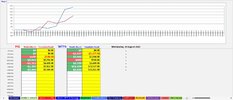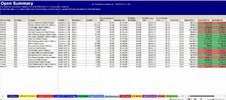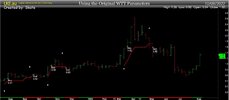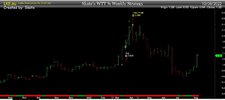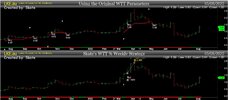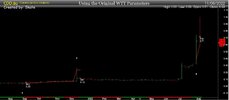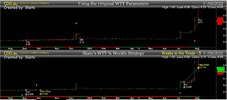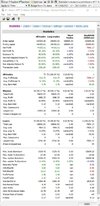- Joined
- 12 January 2008
- Posts
- 7,501
- Reactions
- 18,824
Mate, R U OK?
The market is jumping. Stocks with no names are catching a bid. Even @frugal.rock 's barcodes are moving. Anything with a smell of lithium is going up. I'm currently looking for pegmatites in the backyard. All kinds of animals are appearing in the market, flying bats, blue wrens, pandas and many hybrids of all shapes and sizes. Your ROC indicator must have gone bonkers during the last few weeks indicating hundreds of new opportunities. The Combo portfolio is fully invested and there's still plenty more opps. Wow, was that a kingfisher zipping past my ear to grab that new entry that just popped up!
Edit: You can PM me if you just want to vent on any topic.

The market is jumping. Stocks with no names are catching a bid. Even @frugal.rock 's barcodes are moving. Anything with a smell of lithium is going up. I'm currently looking for pegmatites in the backyard. All kinds of animals are appearing in the market, flying bats, blue wrens, pandas and many hybrids of all shapes and sizes. Your ROC indicator must have gone bonkers during the last few weeks indicating hundreds of new opportunities. The Combo portfolio is fully invested and there's still plenty more opps. Wow, was that a kingfisher zipping past my ear to grab that new entry that just popped up!
Edit: You can PM me if you just want to vent on any topic.




